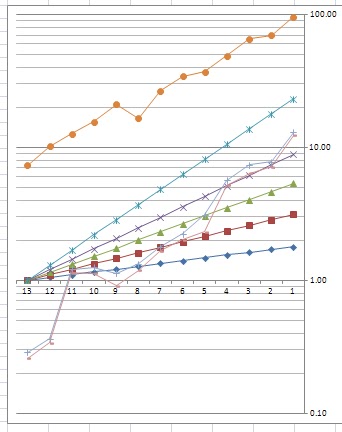The Intelligent Investor, by Benjamin Graham, is probably the most important and influential value investing book ever written. Warren Buffet described it as “by far the best book ever written on investing”.
I have provided a summary and book review of The Intelligent Investor, Revised Edition, Updated with New Commentary by Jason Zweig (affiliate link). If you could only buy one investment book in your lifetime, this would probably be the one. By purchasing through the above link, this site will receive a small commission without costing you anything extra.
It had been 8 years since I last read The Intelligent Investor. I have enjoyed my personal “refresher course” in value investing.
Objective of The Intelligent Investor Book
Benjamin Graham’s objective was to provide an investment policy book for the ordinary investor. He succeeded in putting seemingly hard concepts into terms that could be understood and, more importantly, implemented by the average investor.
The typical investor has a tendency to “follow the market” and learns poor investment habits trying to beat the market. Instead, Graham gives us an alternative based on fundamental valuation.
The goal is to learn how to avoid the pitfalls of allowing our emotions to control our investment decisions. Rather, Graham provides the foundation for making businesslike decisions based on fundamental investing principles .
The Intelligent Investor puts special emphasis on teaching:
1. Risk management through asset allocation and diversification.
2. Maximizing probabilities through valuations analysis and margin of safety.
3. A disciplined approach that will prevent consequential errors to a portfolio.
The Intelligent Investor Book Review Lay Out:
(There is a link at the end of each part so you can read all 8 parts in succession, in less than 30 minutes!)
I think you will be excited as we explore the knowledge and wisdom Benjamin Graham left with us. If you have the time, feel free to purchase the book and leave your personal insights and thoughts in the comment section as you progress!
Related Reading: 74 Quotes From The Intelligent Investor, Revised Edition























